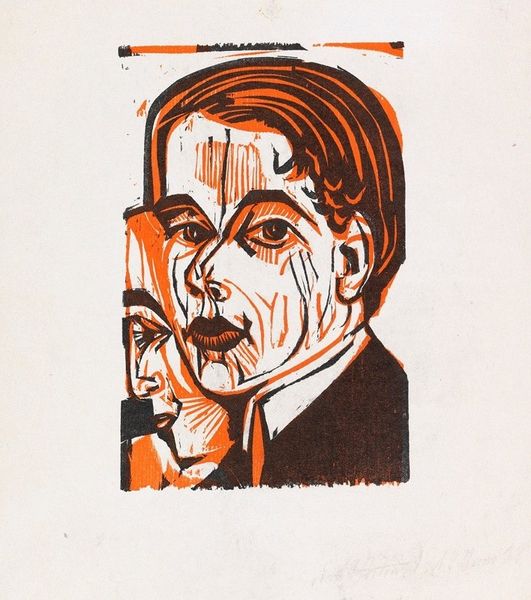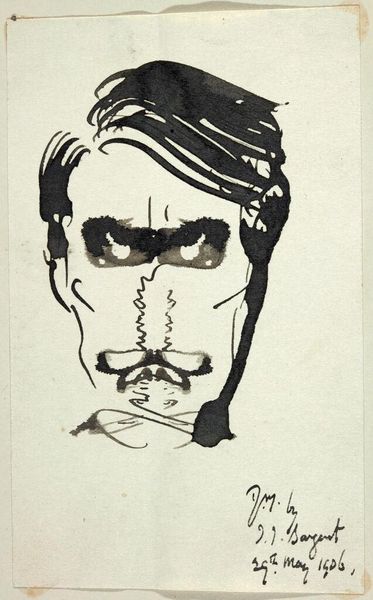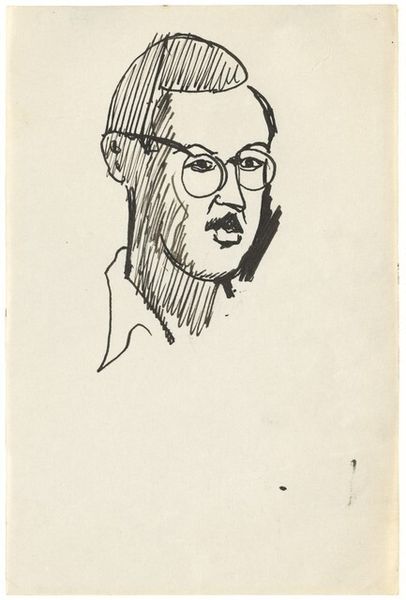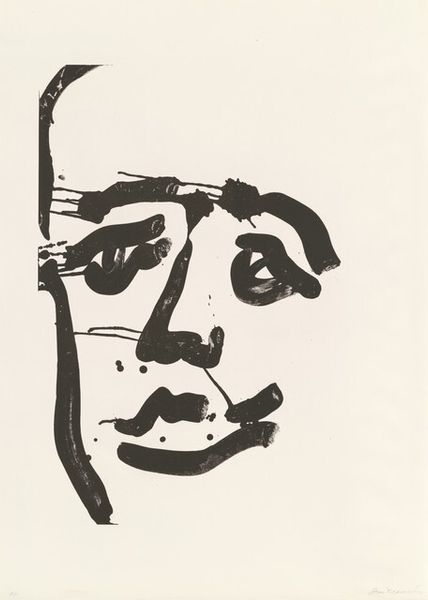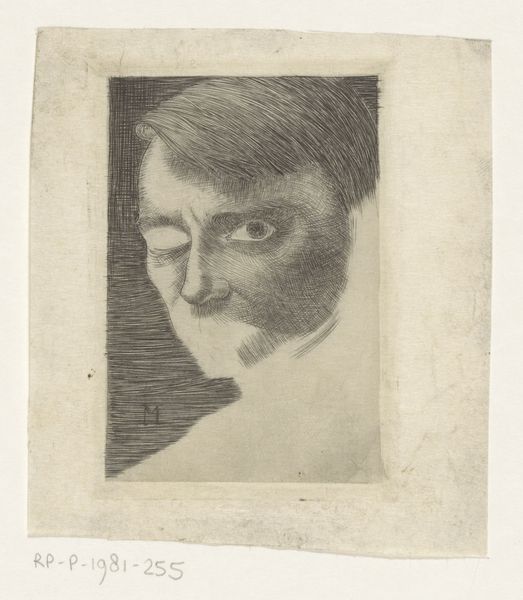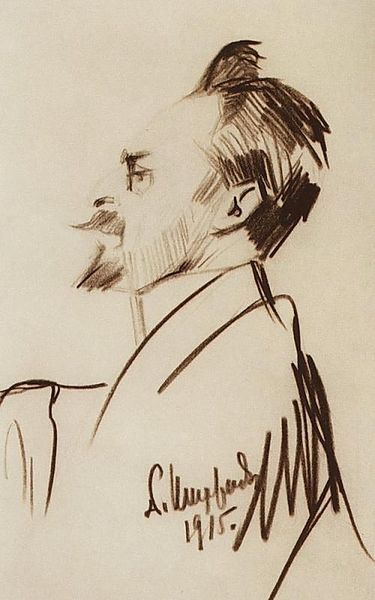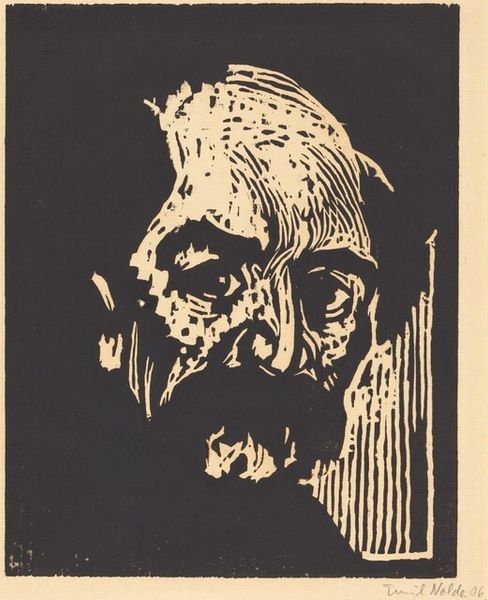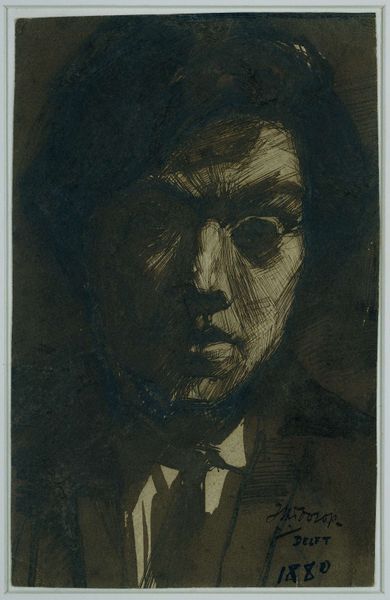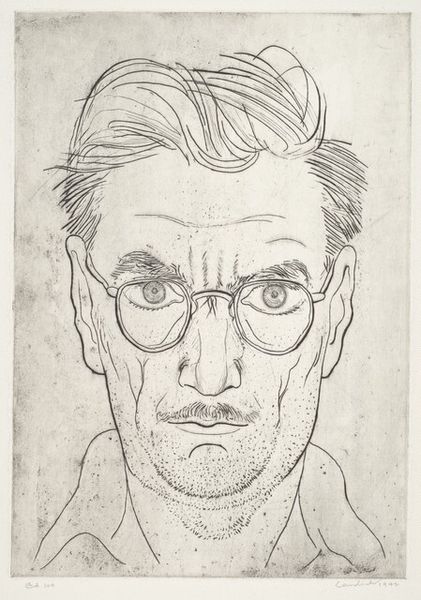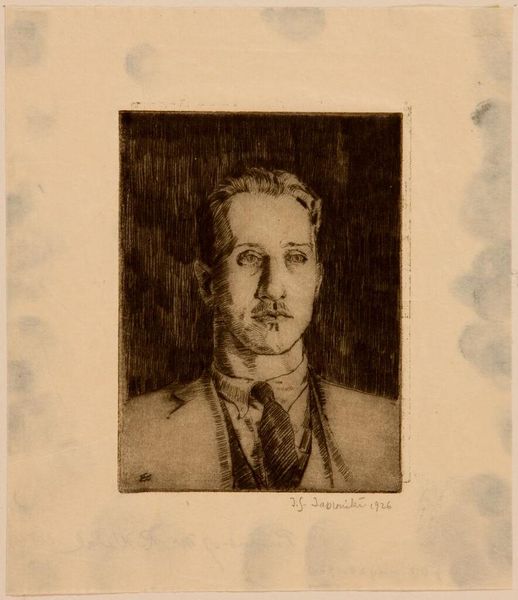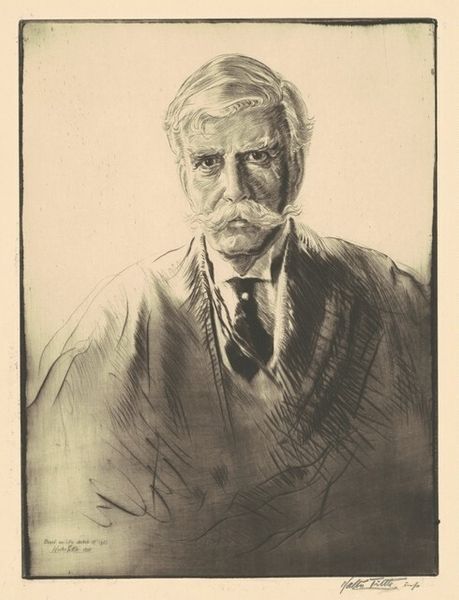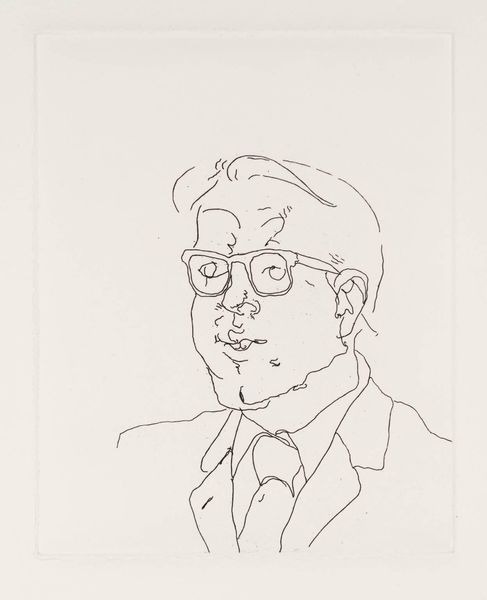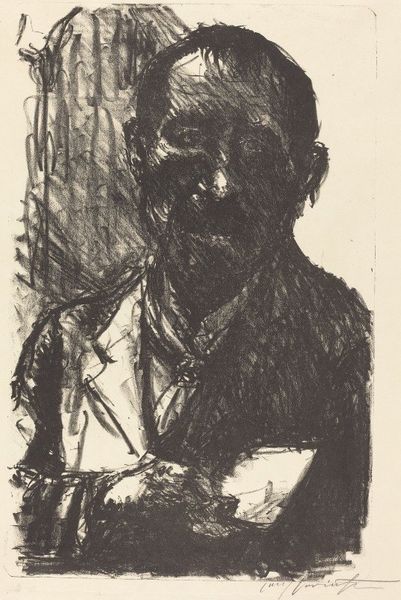
photography
#
portrait
#
portrait image
#
portrait
#
photography
#
portrait reference
#
vorticism
#
portrait head and shoulder
#
geometric
#
portrait drawing
#
facial portrait
#
portrait art
Copyright: Public domain US
Curator: Alvin Langdon Coburn’s "Vortograph of Ezra Pound," created in 1917, offers us a glimpse into the avant-garde artistic movements percolating during that period. It’s a fascinating piece of photography. Editor: My first impression is one of fragmented identity, almost like seeing a ghost in cubist form. It is disorienting but undeniably captivating in its abstraction. Curator: Indeed. Coburn utilized mirrors and prisms fixed to the camera lens to shatter the image into geometric patterns, embodying the Vorticist aesthetic—a British movement influenced by Cubism and Futurism, which sought to capture the dynamism of the modern world. Notice how Pound's face and form are fractured into planes and angles. Editor: Right. We see Pound, the celebrated American poet and critic, rendered almost unrecognizable. It is hard to ignore that 1917 was also a crucial year during World War I, one that challenged established societal structures and hierarchies and caused intense feelings of alienation, chaos, and despair. Do you think that by rendering Pound as a series of fractured images, Coburn may have been communicating the fracturing of cultural norms? Curator: It is tempting to make such claims, but it can be an exaggeration. Rather, one must see the artistic movement of vorticism to stand as independent artistic project, disconnected from socio-political anxieties, however aligned it might seem. The play of light and shadow and the composition of angular shapes serve not to reflect trauma but to disrupt conventional representation. The aesthetic qualities and philosophical project alone can justify it. Editor: I understand your formalism, but the historical context feels unavoidable here. Ezra Pound, though an influential modernist figure, also courted controversy with his later political views and alignment with authoritarian regimes. Does Coburn’s vortograph then unwittingly foreshadow or eerily capture Pound's complex and often contradictory persona? Can we divorce Pound's portrait from the consequences of Pound's future persona? Curator: Perhaps such a reading provides another perspective. Editor: Ultimately, what’s so striking is the way the image makes us confront how identity can be both constructed and deconstructed. Coburn prompts us to see beyond the surface. Curator: I agree. It urges one to look again.
Comments
No comments
Be the first to comment and join the conversation on the ultimate creative platform.
